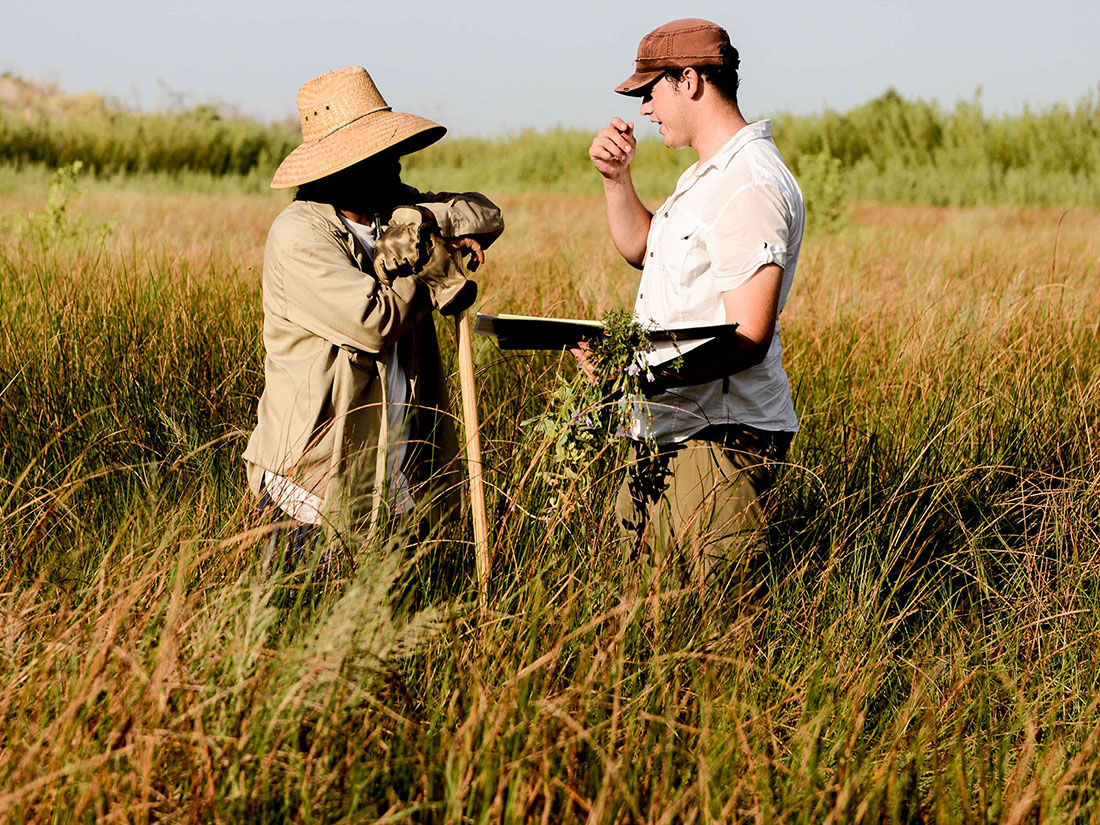17 Jul Colorado River Delta Restoration
[vc_row css_animation="" row_type="row" use_row_as_full_screen_section="no" type="full_width" angled_section="no" text_align="left" background_image_as_pattern="without_pattern"][vc_column][vc_separator type="normal"][vc_column_text] Colorado River Delta Restoration [/vc_column_text][vc_separator type="normal"][vc_column_text]In 2012, Mexico and the United States signed an unprecedented agreement—called Minute 319—to jointly use 105,392 acre-feet of Colorado River water to help restore the riparian corridor of the Colorado River Delta. On...




